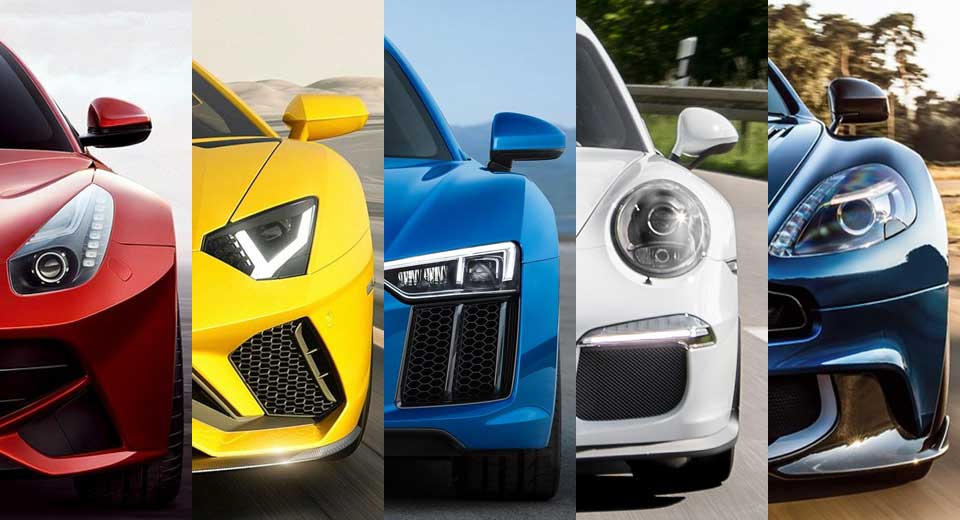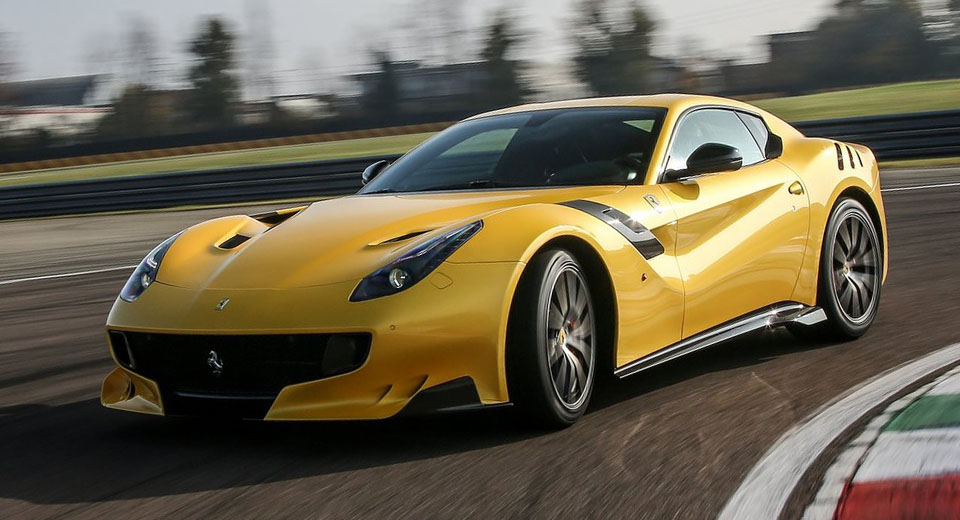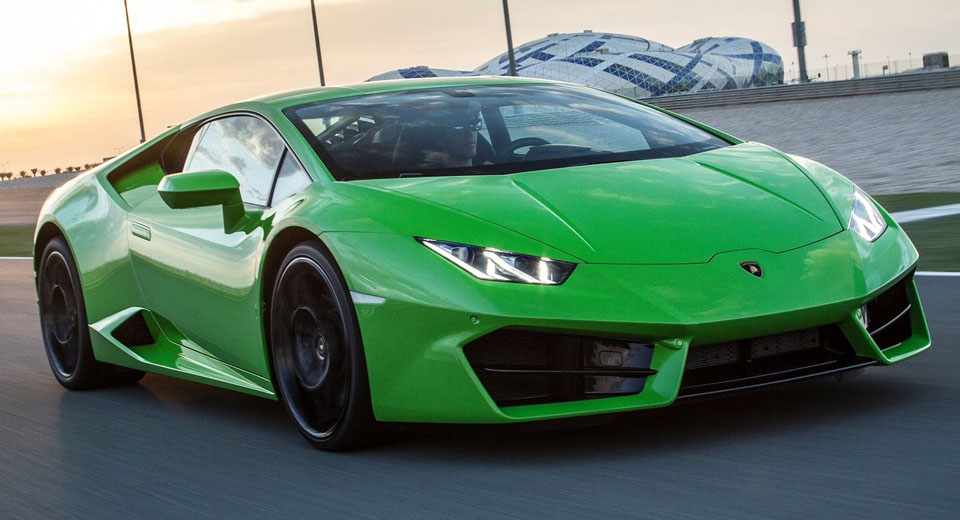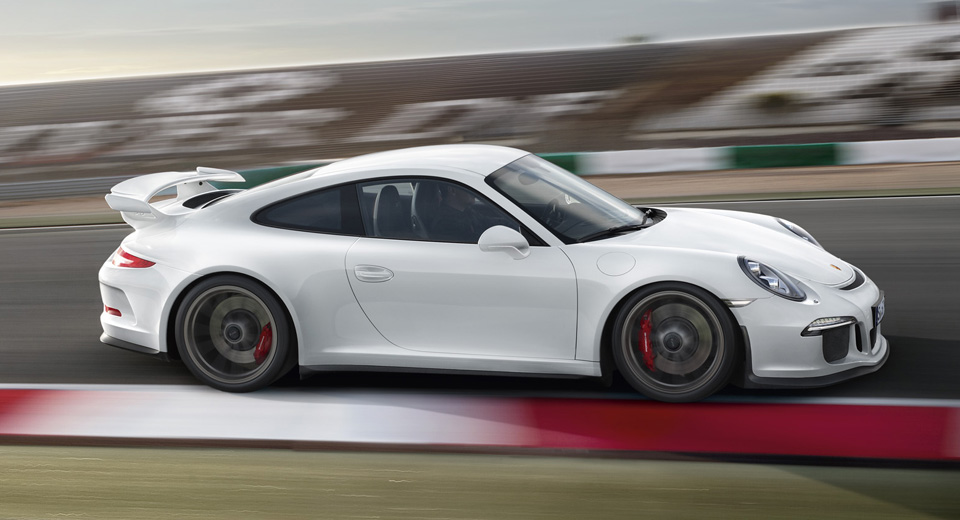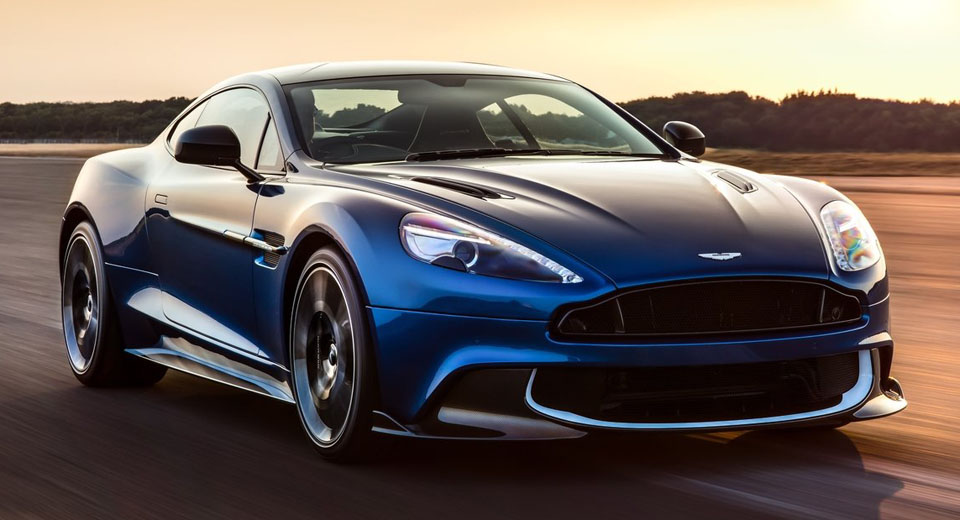Love it or hate it, the naturally aspirated engine is going the way of the Pontiac. There’s just too many reasons for automakers to add turbochargers and hybrid systems to their cars for the unadulterated engine to stick around much longer in all but the most isolated of cases.
And that, we’re sorry to say, can be seen in no segment more vividly than among supercars.
Bugattis, Paganis, Koenigseggs, McLarens… they’ve all opted for forced induction. Atmospheric holdouts like Ferrari and Aston Martin are now adopting them as well. And many of them – including the flagship models coming out of Woking, Maranello, Zuffenhausen, Molsheim, and Angelholm – have adopted some manner of electrification as well to go with their automated transmissions.
There are, however, a few exceptions, even among supercars: exotic machinery that has resisted the urge to “artificially” boost their engines to the benefit of engine response and the linearity of power delivery. They may not be around for much longer, though, so catch them while you can.
Ferrari F12
Ferrari may have added turbochargers to the 488, California, and even the GTC4 Lusso (which can be had with a turbo eight or an atmospheric twelve) – but the F12 remains, for the time being, resolutely unadulterated.
That doesn’t keep it from producing enormous amounts of power, though, and screaming along the way. Its 6.3-liter V12 in the F12 Berlinetta produces 730 horsepower and 509 lb-ft of torque, redlining at a stratospheric 8,700 rpm.
Even more potent is the same engine in the TDF, where it kicks out 769 hp and 520 lb-ft as it shrieks towards 8,900 rpm. It’s a cherry of an engine by all accounts, but could be on its way out. The jury’s still out, but the F12’s replacement is likely to adopt a hybrid powertrain like the one found in LaFerrari.
Lamborghini
Think it’s cool of Ferrari to have stuck with the naturally aspirated V12 this far? Well Lamborghini has its arch-rival beat on that count, because it has never made a single turbocharged model. Not one.
It toyed with the idea of a hybrid with the Asterion concept a couple of years ago, and is preparing to launch the Urus with a twin-turbo engine. But it’s been a holdout until now, resolutely keeping the V10 in the Huracan and the V12 in the Aventador free of any forced induction or electric assist – and is likely to continue doing so for as long as it can get away with it.
Audi R8
Closely related to the Lamborghini Huracan is the Audi R8, which not only kept its 5.2-liter V10 unmolested (yet more potent) as it moved into its second generation, but got rid of the smaller V8 in the process. Its atmospheric engine sets it apart from rivals like the Mercedes-AMG GT and most versions of the Porsche 911.
A smaller turbo engine is likely to arrive at some point in the near future, but if former Lamborghini boss Stephan Winkelmann (now in charge of Audi Sport) has anything to say about it, the free-revving ten-pot is likely to stick around.
Porsche 911 GT3
We know, we know: the Porsche 911 doesn’t qualify as a supercar in its own right. But based on output and performance capabilities, certain versions of it should… like the 911 Turbo, and its naturally aspirated counterpart, the 911 GT3 (and GT3 RS).
Where most of the rest of the 911 lineup has gone turbocharged, the GT3 remains resolutely atmospheric – even if it has gone all flappy-paddle and four-wheel steering. Just hear us out on stats alone: the last GT3 packed 469 horsepower and could run to 60 in 3.5 seconds, while the GT3 RS came within spitting distance of 500 horses for a 3.3-second sprint. And the exclusive 911 R mated the same 4.0-liter engine with a proper six-speed manual for a 3.8-second time.
The next 911 GT3 promises to be even better, and while the rest of the lineup spools up, the GT3 will (we hope) always remain unadulterated.
Aston Martin Vanquish S
As you’re likely well aware, Aston Martin recently launched the new DB11 that not only ushers in a new platform, but a new engine as well: a turbocharged engine, to be specific, developed with Mercedes-AMG. Between that new 5.2-liter twin-turbo V12 and a smaller V8 to follow, Aston is preparing to proliferate turbo power across its entire lineup (with few exceptions).
That makes the Vanquish S something of a dying breed around Warwickshire, retaining the automaker’s signature 6.0-liter V12 with nearly 600 horsepower – almost 50 percent more than the same engine produced when it debuted in the DB7 some 18 years ago.



